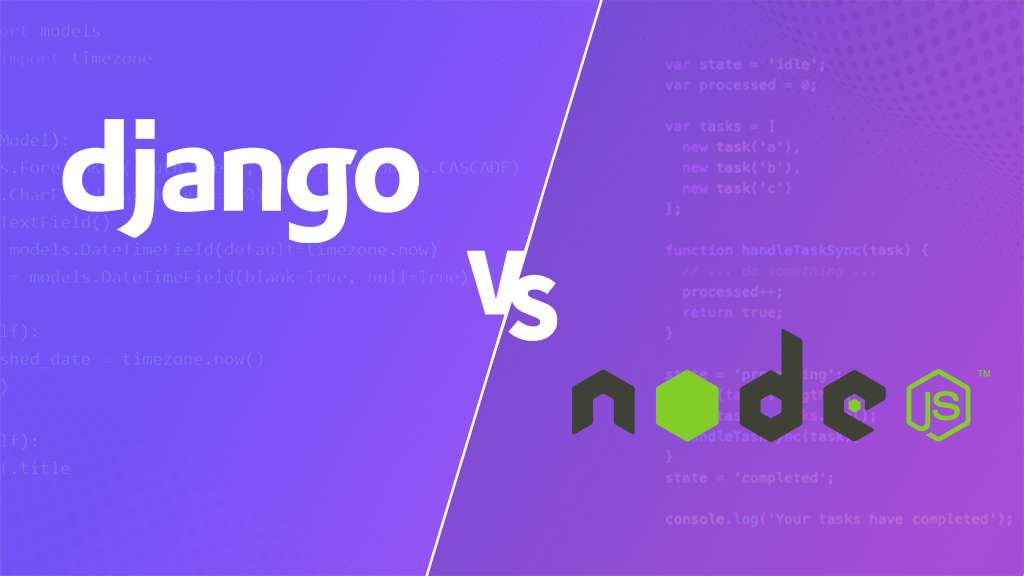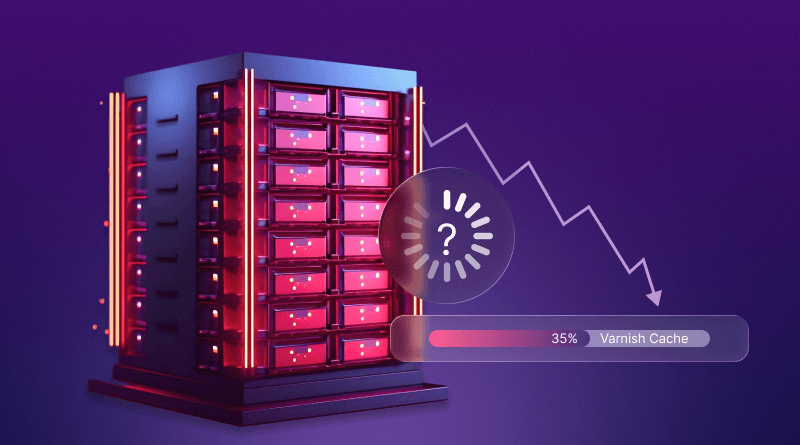
What happens when you hit “Submit” on a website form?
Two separate pieces of technology handle your request: a server catches it, and a database saves it.
Here’s where people get confused. They say “the server’s down” or “database crashed” like they mean the same thing. They don’t.
A database server exists. Email servers exist. So wait – is a server just another word for a database?
Knowing the difference between a server and a database helps whether you’re launching your first website, choosing a hosting plan, or just curious about how websites actually work.
This guide shows what each one does, how they differ, and why sites need both. No confusing tech talk. Just straightforward answers.
What Is a Server?
A server is basically a computer that helps other devices (your phone, laptop, whatever) get stuff done over a network. Visit a website? A web server receives your request, determines what you want, and sends back the page you see.
What servers do:
- Take requests from users and process them
- Send out web pages, emails, files, or apps
- Handle lots of connections at once
- Run programs and software
The main thing: Servers work constantly. They’re always on, always responding, always handling requests. They’re the workers.
Quick example: Netflix streaming? Their servers get your request, find your show, compress the video so it loads fast, and send it to your screen. That’s all server work.
What servers need: Good CPU power, enough RAM, and fast internet connections to keep up with everyone’s requests.
What Is a Database?
A database stores information in an organized way so you can find it later. Picture a filing cabinet where everything has its place – tables hold different types of info, and you can pull exactly what you need when you need it.
What databases do:
- Keep data safe even when computers shut down
- Organize everything in tables, documents, or key-value pairs
- Let you search and grab specific information fast
- Stop data from getting corrupted or messed up
The main thing: Databases sit quietly and wait. They hold onto information until something asks for it. They’re the keepers.
Quick example: Log in to Facebook? A database has your username, password, friends list, posts – everything about your account. The database isn’t showing you anything. It’s just storing it all.
What databases need: Lots of storage space, sound organization systems, and backup plans in case something goes wrong.
Key Differences Between Server and Database
| Core Differences | Server | Database |
| Primary Function | Handles requests and sends stuff out | Stores and organizes information |
| Operational Model | Always active and processing | Waits until something needs data |
| Performance Focus | Speed matters most | Organization matters most |
| Component Type | Mostly hardware (an actual computer) | Mostly software (a program) |
| Scalability Strategy | Add more servers or boost CPU/RAM | Add more storage or spread across servers |
| Failure Impact | The whole site goes down | Content disappears, but the site shell might load |
| Access Pattern | Users sometimes interact directly | Users never touch it – servers do that |
Easy way to remember:
- Server = The waiter at a restaurant (takes orders, brings food)
- Database = The kitchen’s ingredient storage (keeps everything organized)
Why “database server” confuses people: A database server is just a server explicitly built to run database software well. It’s still doing server work (processing requests). It’s just optimized for database tasks.
The server vs database thing gets clearer when you realize: servers talk to people, databases hold information. Different jobs entirely.
How Servers and Databases Work Together
Servers and databases team up on almost every website. Here’s what goes down when you shop at an e-commerce website:
What happens in order:
- You click a product. Your browser tells the web server, “Show me item #123.”
- The web server receives your request and thinks, “I need product info.”
- The web server asks the database, “Give me everything about item #123.”
- Database finds the info (name, price, description, pictures, stock count)
- The database hands all that back to the web server
- The web server turns it into a nice-looking page and sends it to your browser
- You see the product in a couple of seconds
Important part: The server sits in the middle. You talk to the server. The server talks to the database. You never touch the database directly.
Why both matter: A powerful server with a slow database? Pages still load slowly. A fast database with an overloaded server? Can’t help users anyway. That’s why VPS hosting often splits them up – each does its own thing better.
Common Types of Servers and Databases
3 Main Server Types
1. Web Servers
- What they do: Send website stuff (HTML, images, CSS, JavaScript) to your browser.
- Examples: Apache, Nginx, Microsoft IIS
- When you need one: Every single website needs a web server
- Growing it: Add more servers behind a load balancer when traffic picks up
Web servers are what most people deal with. Blog on shared hosting? Busy site on a dedicated server? Both use web servers to show pages.
2. Email Servers
- What they do: Handle sending and receiving emails
- Examples: Microsoft Exchange, Google Workspace, Postfix
- When you need one: Business emails, marketing campaigns
- Growing it: Upgrade storage and power as you add users
3. Application Servers
- What they do: Run apps and handle the behind-the-scenes logic
- Examples: Apache Tomcat, JBoss, Node.js servers
- When you need one: Complex web apps, SaaS products
- Growing it: Run multiple copies with load balancing
Application servers power complex websites that require backend processing. Cloud hosting usually includes these for apps that need to scale.
3 Main Database Types
1. Relational Databases (SQL)
- What they do: Store organized data in connected tables
- Examples: MySQL, PostgreSQL, Microsoft SQL Server
- Best for: Online stores, user accounts, money stuff
- Why they’re good: Data stays accurate, handles complicated searches, and follows strict rules
Relational databases still dominate. Anytime you need organized data with clear connections between different pieces, these work great.
2. NoSQL Databases
- What they do: Store messy or semi-organized data
- Examples: MongoDB, Cassandra, Redis
- Best for: Huge datasets, real-time analytics, flexible structures
- Why they’re good: Fast, scales easily, handles tons of data
NoSQL databases win when you need flexibility over strict organization. More apps use these now because they handle different data types without complaining.
3. Cloud Databases
- What they do: Database services run in the cloud for you
- Examples: Amazon RDS, Google Cloud SQL, Azure Database
- Best for: Startups, growing businesses, hands-off management
- Why they’re good: No maintenance headaches, automatic backups, pay only for what you use
Cloud databases take away the hassle. You get professional-grade database performance without managing any hardware yourself.
Choosing Between Server and Database Upgrades
Upgrade your server when:
Upgrade the server if you’re seeing consistently high CPU (80%+), slow page loads even with light traffic, or crashes during spikes. These point to processing power issues rather than database problems.
Having these problems? Moving from shared hosting to VPS hosting usually fixes server issues.
Upgrade your database when:
- Searches take more than 1-2 seconds
- Storage hits 80%+ full
- Backups slow everything down
- Need better organization
- Dealing with millions of records
When both need work: Most real websites need capable servers AND good databases. Fast server + slow database = bottleneck. Robust database + weak server = can’t reach users.
Budget priority: First, handle server capacity for your traffic. Upgrade the database as your data grows. Managed WordPress hosting bundles both nicely – you don’t worry about infrastructure, it just scales.
By project size:
- Small stuff: Shared hosting covers both
- Growing sites: VPS or dedicated with managed databases
- Big operations: Multiple servers with clustered databases
Wrapping Up
Servers deliver. Database store. Both matter, but they do entirely different things.
Understanding the difference between a server and a database helps you fix problems faster, choose better hosting, and grow your site without headaches.
Want hosting that handles both server performance and database efficiency? BigCloudy’s hosting solutions give you optimized servers and databases without the technical complexity – you focus on your business while the infrastructure handles the details.
Summary
“ The article walks through how they work together: users talk to servers, servers query databases, and then servers format that data into responses. It covers common server types (web, application, mail, cache) and database types (SQL-like MySQL, NoSQL-like MongoDB, cloud-managed services), plus when to upgrade each. “
FAQs
Yes, for development or tiny projects on your local computer. But real websites? They need servers to let databases talk to the internet and handle user requests. The server connects users to your database.
Neither one. SQL (Structured Query Language) is the language you use to talk to databases. MySQL is a database software. MySQL Server is the server program running MySQL. Knowing this clarifies the difference between server and database terminology.
Depends on what you’re doing. Servers cost based on CPU, RAM, and bandwidth. Databases are based on storage and data volume. Most sites spend more on servers when data hits terabytes. Cloud hosting usually bundles both with predictable pricing.
Yep. Most servers handle multiple databases at once. Shared hosting does this all the time – one physical server hosts databases for hundreds of websites. Each database stays separate and secure despite sharing the hardware.
Small sites run fine on one server. Bigger sites split them up – web servers handle traffic, database servers focus on data. VPS hosting makes this split affordable for mid-sized businesses.









